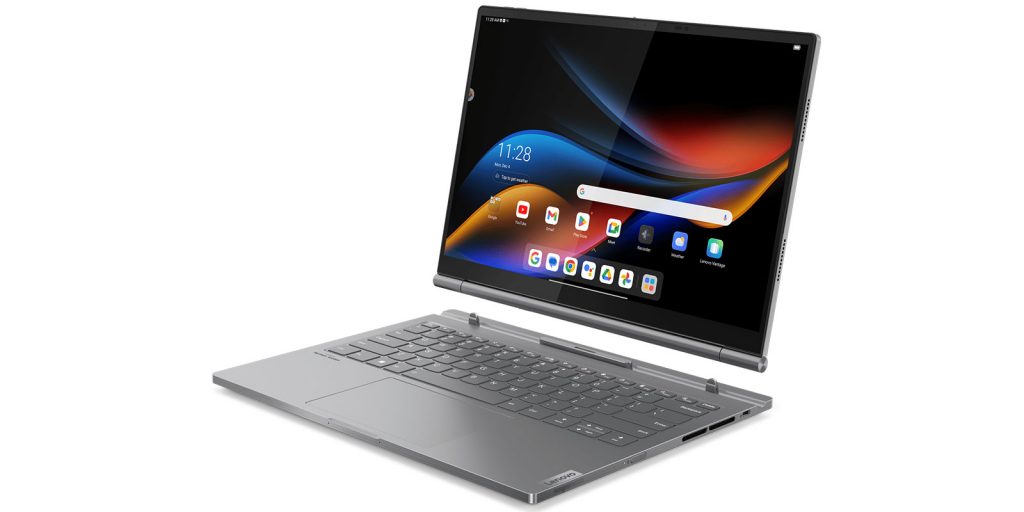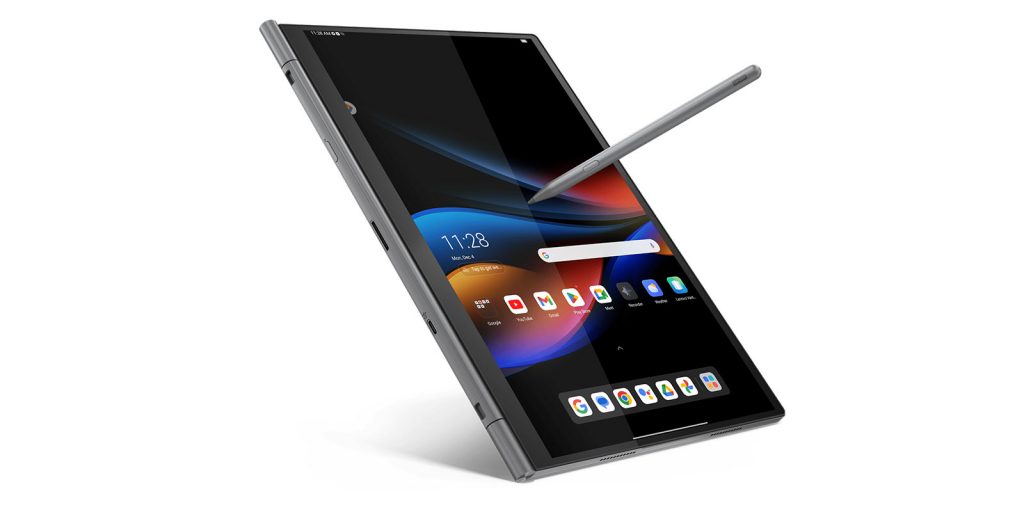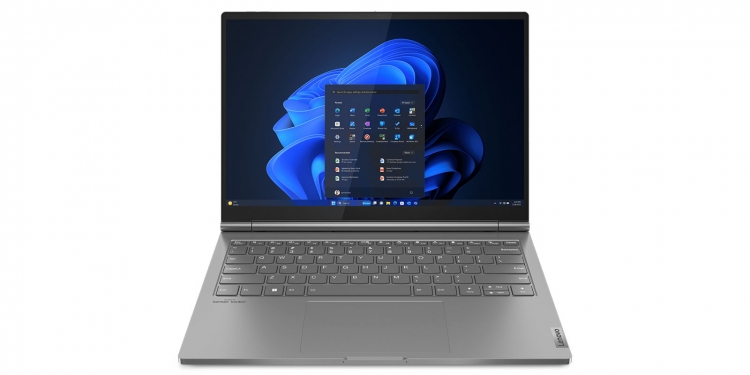Lenovo has a few new announcements this CES 2024, but the ThinkBook Plus Gen 5 Hybrid is one of the unique ones from the bunch of announcements. The laptop is a 2-in-1 device that switches between Windows and Android with either a press of a button or undocking the screen from the body.
What makes this device different is that Lenovo admits that Android has a better touch interface, while Windows has a better laptop interface, and the company is offering the ThinkBook as a best-of-both-worlds situation. The design of the ThinkBook is not unlike previous models, save for that two-camera module on the back of the laptop lid. The new laptop reminds us of the Asus Transformer Book V, launched way back in 2014.
Two machines in one – really

You will have to wrap your head around that you will get two different machines that work together. The laptop part is powered by an Intel Core Ultra 7 processor, 32GB of RAM, a 1TB SSD, and a 75WHr battery. More than powerful for anything but the super-intensive tasks like 8K video editing.
The tablet part meanwhile is powered by the Qualcomm Snapdragon 8+ Gen 1, comes with 12GB of RAM, 256GB of storage and a 38WHr battery. The screen is a 14-inch 2.8K OLED display and the whole device looks thin and light. There are two 13MP cameras on the back to capture images.
There is also a Full HD IR camera on the front that can be used by the tablet and laptop when docked, which is useful for Windows Hello in laptop mode.
Multiple Modes


The default configuration is the tablet docked to the laptop, looking like a normal laptop. If you need a tablet, all you need to do is undock the screen, which is the tablet. When undocked, the tablet can work independently from the base or work as a wireless monitor when placed on the table.
The base computer can still work as a PC when connected to an external display, so you are not losing functionality there. Additionally, when docked, the tablet can use the keyboard and trackpad of the base PC even when the PC is powered down, so simple productivity can still happen even when on Android.
The tablet can also work as an inking tablet using the optional Lenovo Tab Pen Plus via Lenovo’s Freestyle app connected to the PC. Transferring files between the Android and Windows platforms can be done using a hybrid folder that syncs wirelessly between the two devices.
There are two big drawbacks to the machine. One, there are only two USB C ports on board. Thankfully Lenovo made the two ports full Thunderbolt 4 ports so you will get great data transfer rates and support for Thunderbolt docks for expansions like more USB ports or video out via HDMI.
The second big drawback is the price. Lenovo is pricing the ThinkBook Plus Gen 5 Hybrid at $1,999 (about RM 9,288) which makes it out of reach for anyone but the rich. This is a shame as the idea presented in the machine is very useful for the niche market where users are looking for a multi-function PC on the go.








